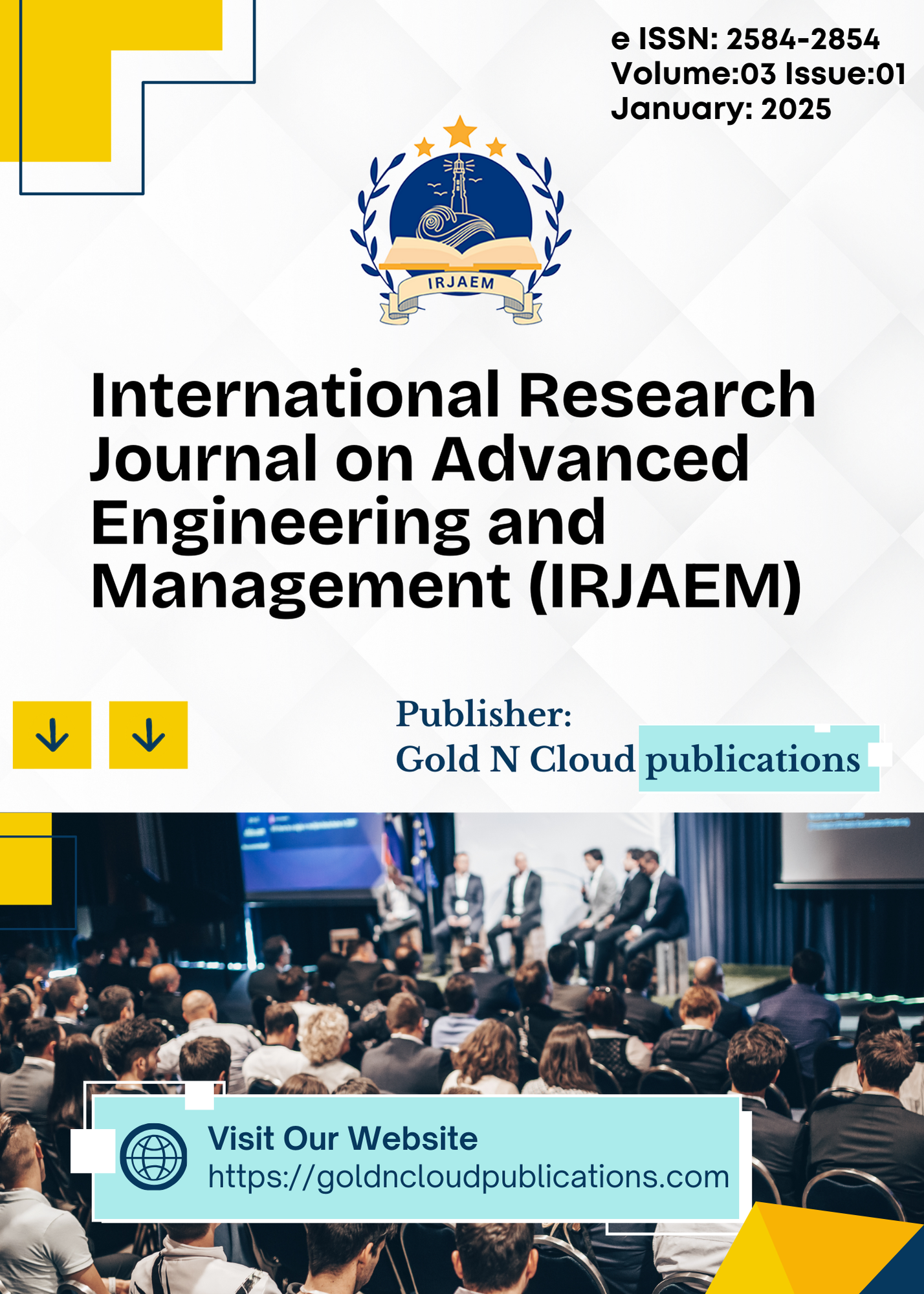Comparing MLR and SVR in Evaluating the Impacts of Climate Change on Sugarcane Production in Saharanpur District
DOI:
https://doi.org/10.47392/IRJAEM.2025.0008Keywords:
Multiple Linear Regression (MLR) and Support Vector Regression (SVR)Abstract
Climate change poses significant challenges to agriculture, with impacts on crop yield and food security. In Saharanpur District, Uttar Pradesh, sugarcane—a key economic crop—is particularly vulnerable to variations in climatic factors such as temperature, rainfall, and humidity. This study evaluates the predictive capabilities of Multiple Linear Regression (MLR) and Support Vector Regression (SVR) models in assessing the impacts of climate variability on sugarcane production. The analysis incorporates sugarcane yield data and seven climatic variables: maximum and minimum temperatures, annual rainfall, humidity, solar radiation, wind speed, and soil moisture. The study compares the performance of MLR and SVR based on metrics such as R² and Mean Squared Error (MSE), using 10-fold cross-validation for robustness. Results indicate that while MLR captures linear relationships effectively, SVR, with its ability to model non-linear interactions, outperforms MLR, achieving an R² of 0.87 on testing data compared to 0.74 for MLR. These findings highlight SVR's superior predictive accuracy and its potential as a robust tool for agricultural planning in climate-sensitive regions. The study underscores the importance of adopting advanced modeling techniques to mitigate the risks posed by climate variability on critical crops like sugarcane.
Downloads
Downloads
Published
Issue
Section
License
Copyright (c) 2025 International Research Journal on Advanced Engineering and Management (IRJAEM)

This work is licensed under a Creative Commons Attribution-NonCommercial 4.0 International License.


 .
. 